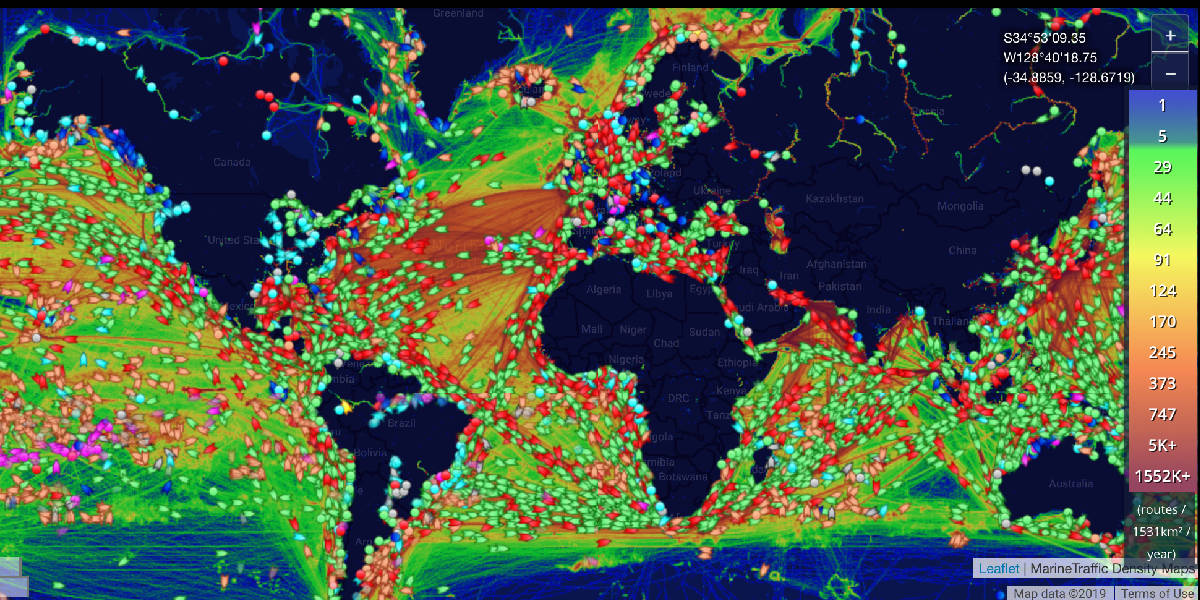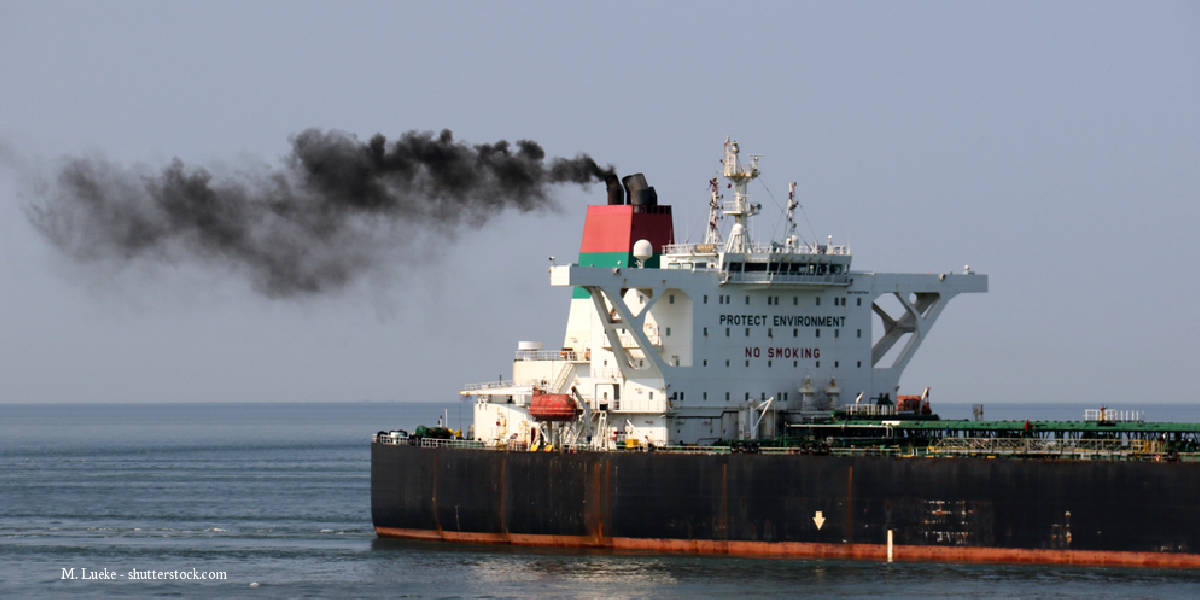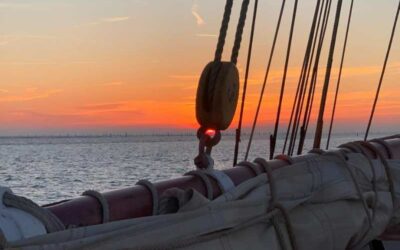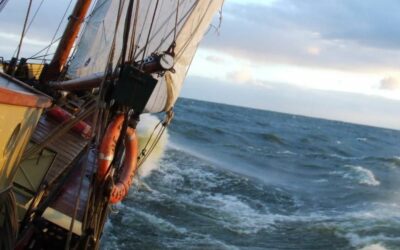Recently I got the question:
“how would it be possible to carry all goods, of the entire global economy, by sailing boats?”.
I answered:
“You are right that is not possible. But you have to start somewhere. And every liter of fuel not burnt, is less emissions…”.
Then I started thinking. I talked to some insiders and made some calculations. I realized: why not? It should be possible. That said, it would not be an easy transition. But what the heck, humankind put a man on the Moon. Elon Musk is striving for colonizing Mars. Then changing around a logistic system, could be done as well. Read along to follow the math.
This will be a bold example of calculating a macroeconomic business case on the back of a beermat, so hang on to the bulwarks…

Localization and less transport.
The first assumption we have to make is that: about 90% of all the goods we use, are shipped over sea. With current trends this might change to about 10%, and the remaining 90% sourced locally or reused. As I wrote earlier in the article: “How shipping is in for a big transition”, the drivers of this change are already forming.
Local
At an industrial level it will be the rise of 3D printing and Artificial Intelligence, making local production, compared to outsourcing, the more economical road.
Perception
Change in perception, rising ecological awareness of consumers and the recycling economy will mean a major shift and reduction, in shipping needs.
Zero
With the goal of a global zero-emission and zero-plastics economy by 2050, the fleet of tankers, carrying crude oil and other carbon fuels, and the fleet of bulk carriers, shipping coal, will be minimized. In 2017 this part of world trade was responsible for more than half of the amount of cargo shipped (Source: Clarkson 2017).
Costs
Increasing transport costs, with new regulations and environmental taxation of greenhouse gasses, will cause a final move away from excess transport.
Size of motorized merchant fleet.
The current global merchant fleet, of ships above 100 gross tonnage exists of a total of 50,732 ships (Source: infomaritime.eu 2018). According to the same source this fleet has a total size of 1,910,012 thousand DWT (Dead Weight Tonnage or cargo capacity). Meaning that the current size of ships is on average 37,649 DWT.
These ships carried a total cargo distance of about 57.000 billion ton/miles (Source: Clarkson 2017), meaning each ship did very roughly on average about 29.842 Nautical miles a year. Let us calculate further with 300 days at sea, then we would find out that on average these ships would sail less than 100 miles a day. Or an average speed of about 4 knots! A well-found sailing cargo ship, can easily do better.
Yet, of course the above calculation is not true, because really these motor ships, and especially container vessels have a way higher service speed. A speed of in between 10 and 25 knots, let’s say on average 15 knots. The reason the above mentioned calculation seems to be off, is simple, although the numbers are correct, it does mean there is a huge overcapacity in the current merchant fleet.
Many ships are laid up, waiting for cargo. Many ships are sailing half the time in ballast. And many ships are sailing with less cargo then they can carry. With other words, we could do with two thirds less ships, if they were all sailing at full capacity at all times.
HOW?
How should a sailing cargo fleet look like to replace all motor vessels?
First, we have seen that, because of localization and sustainable change of the economy, we can do with transporting way less cargo. If we take the long-term assumption of having a future of having only to transport 10% of our goods by sea. It means we could do with (100/90) x 10 = 11,1 % of the current sea transport system.
Comparing sailing cargo ships with motor vessels, is like comparing apples with pears. The main difference, is in speed and number of roundtrips to be made. But if we continue with our assumptions, we have to find a way. So, we do know now that the current fleet has a staggering overcapacity, that is if: perfect efficiency could be reached, a number of very roughly 65%. Since we have been over simplifying matters from the beginning of this article on, let’s continue and take this 65% of over capacity to compensate for the lesser speed of sailing vessels.
We gathered the numbers lets finalize the calculation: 11.1% of 1,910,012 thousand DWT is 212,011 thousand DWT in sailing cargo ships. Now we need to decide how many sailing cargo ships and of what sizes are needed to fill in this number. I would go for the following differentiation, to have an optimal efficiency and no overcapacity:
20.000
Short sea ships, 20,000 schooners and ketches of an average of 200 DWT.
40.000
Short sea ships, 40,000 schooners, brigs and barques averaging 500 DWT.
50.000
Deep-sea liner ships, 50,000 barques and full rigged ships averaging 2000 DWT.
20.000
Deep-sea tramp ships, 20,000 barques and full rigged ships averaging 5000 DWT.
130.000
A total amount of 130,000 sailing cargo ships could do the work of the current 50,732 ships, but only in a future of decreasing demand in shipping.
Conclusion
A world fleet of sailing cargo vessels would mean: global zero emission shipping, less cargo transported, almost 3 times as many but way smaller ships, lots of work for shipyards, more sailors, more shipping companies, more ports, more fulfilling jobs at sea and ashore.
In the end, this is all a theoretical calculation and full of assumptions, but it does the job. In reality we do not know the exact development of future trade. We do not know the impact of other emission free logistic systems like: hydrogen and electricity. We do not know how choices and developments of market, politics and climate disruption will play out in real time. But we do know, although it is a lot of work to change the shipping industry, it can be done.
Another thing I know for sure.
Whichever way things will go.
We are looking into a bright future for sailing cargo ships!

Thanks for signing on,
Following seas and royals all the way!
Captain Jorne Langelaan







